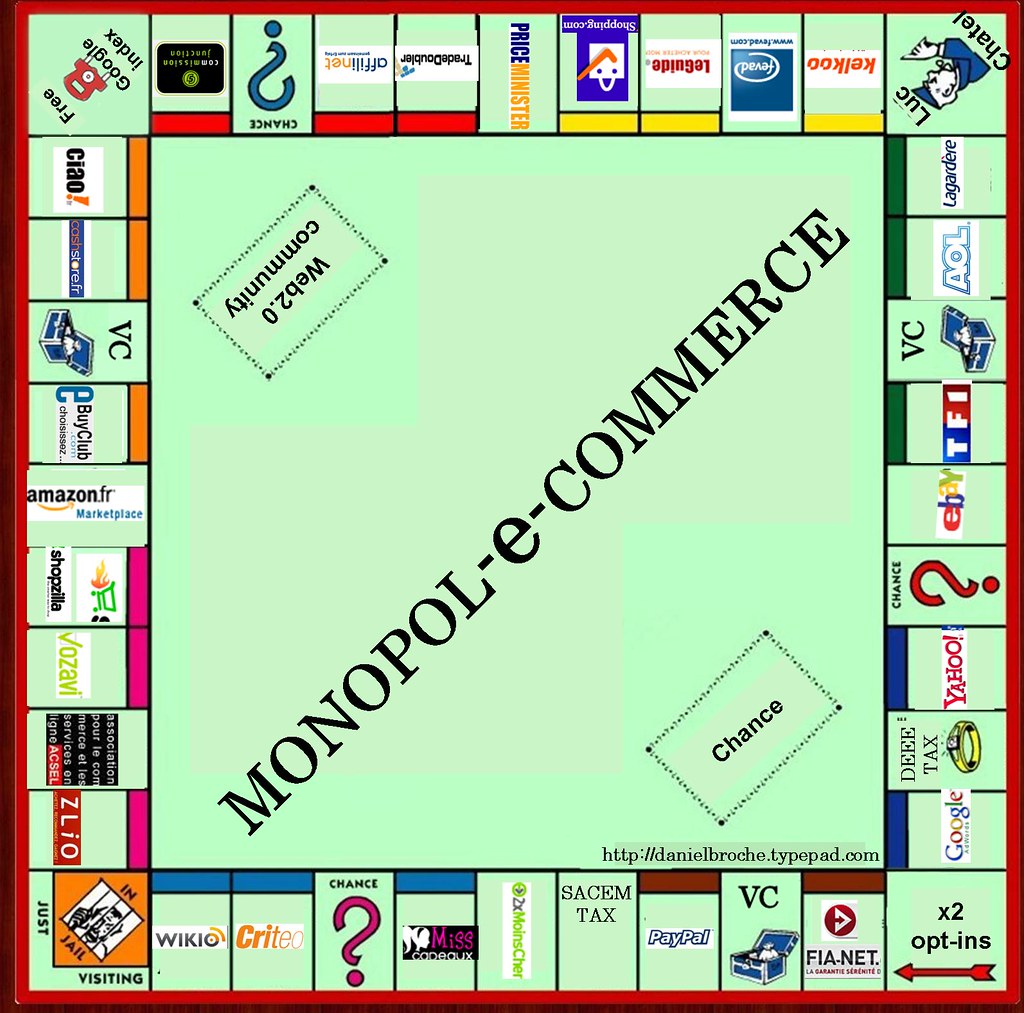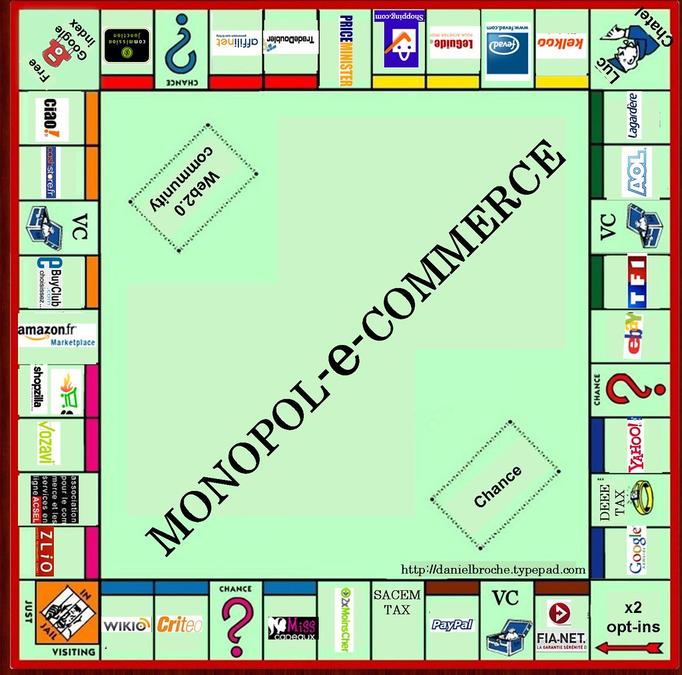Benefits of Selling Digital Products
Selling digital products has become increasingly popular as more and more people turn to the internet for their shopping needs. The global pandemic has further accelerated the trend, with online sales increasing by 27.6% in 2020 alone. If you’re looking to start your own business and make money online, selling digital products is a great way to do it. Here are some of the benefits of selling digital products:
1. Low overhead costs
One of the biggest advantages of selling digital products is that they have low overhead costs. Unlike physical products, digital products don’t require inventory, warehousing, or shipping. This means you won’t need to invest in expensive equipment or hire employees to manage your inventory. All you need is a computer and an internet connection to get started.
2. High profit margins
Digital products also have high profit margins. Once you’ve created your digital product, there are no additional costs to produce or distribute it. This means you can sell your product at a higher price point and still make a profit. In fact, the profit margins for digital products can be as high as 95%.
3. No shipping or handling
Since digital products are intangible, there’s no need for shipping or handling. This means you won’t have to worry about packing and shipping products, which can be time-consuming and expensive. You can simply deliver your digital products to your customers via email or download link.
4. Easy to scale
Digital products are easy to scale. Once you’ve created your product, you can sell it an unlimited number of times without any additional work. This means you can grow your business without having to invest more time or money into production.
5. Wide range of products
There’s a wide range of digital products that you can sell online. Some of the most popular digital products include online courses, ebooks, software programs, and printables. You can also sell digital art, music, and stock photography. The possibilities are endless.
As you can see, there are many benefits to selling digital products. In the next section, we’ll explore the best digital products to sell online, based on expert advice and industry research.

The top online digital goods to sell.
Now that we’ve discussed the advantages of selling digital goods, let’s look at the top online goods to sell. Here are six digital goods that are in high demand based on industry research and expert advice:
The first step is to 1. Educational products
Education products are one of the most well-liked digital goods to sell online, according to Shopify. Online courses, eBooks, tutorials, and webinars are a few examples. The e-learning market is anticipated to reach $325 billion by 2025 as a result of recent increases in the demand for educational goods. Making and selling educational products can be a profitable business venture if you have knowledge in a particular field.
The second section is located below. licenses for the use of digital assets
licenses to use digital assets, like fonts, software, and music, are also in high demand, according to Shopify. By the year 2022, there will be a $6.9 billion digital asset market. You can generate a consistent stream of passive income by selling licenses to use your digital assets.
-
3. clubs that membership websites
Joining websites are another well-liked digital product, according to Thinkific. Access to exclusive content, online communities, or online coaching are some examples. You can generate a recurring revenue stream and give your customers ongoing value by building a membership site.
The following is the 4. Tools and templates for digital design
Digital templates and tools, like website templates, graphic design templates, and productivity tools, are also in high demand, claims Shopify. Customers can save time and money and more effectively accomplish their objectives thanks to them. You can participate in this expanding market by producing and selling digital templates and tools.
-
5. Music or art, respectively
Selling digital downloads can be a profitable business if you love music or art. You can sell your music or artwork as digital downloads on sites like Bandcamp or Etsy, according to Shopify. For use in their projects, businesses or individuals may also license your music or art.
-
6. Services
Finally, you can sell digital services like copywriting, web design, or social media management. By providing your services online, you can reach a larger audience and make a consistent income, according to Copyblogger.
These are just a few of the top digital goods available online. Based on professional guidance and industry research, we’ll examine how to create and sell digital products in the next section.
How to Create and Sell Digital Products
Creating and selling digital products can be a profitable business venture. Here are the steps you need to follow to create and sell your own digital products:
1. Brainstorm, research, and validate your ideas
The first step in creating digital products is to brainstorm and research ideas. You need to identify a problem or pain point that your target audience is facing and create a product that solves that problem. Once you have a few ideas, you need to validate them to ensure that there is a market for your product.
2. Choose an ecommerce platform
Once you have validated your product idea, you need to choose an ecommerce platform to sell your digital products. There are many ecommerce platforms to choose from, including Shopify, Sellfy, and Thinkific. Each platform has its own strengths and weaknesses, so you need to choose the one that best fits your needs.
3. Create your digital product
The next step is to create your digital product. Depending on the type of product you’re creating, this can involve writing, recording, designing, or coding. You need to ensure that your product is high-quality and provides value to your customers.
4. Set up your online store
Once you have created your digital product, you need to set up your online store. This involves creating a product page, setting a price, and configuring your payment gateway. You also need to create a marketing strategy to promote your product and drive sales.
5. Promote your digital product
To be successful in selling digital products, you need to promote your product effectively. This can involve creating content, building an email list, and using social media to drive traffic to your online store. You also need to optimize your product page for SEO to ensure that your product ranks well in search engines.
6. Monitor and optimize your sales
Finally, you need to monitor and optimize your sales. This involves tracking your sales data, analyzing your marketing campaigns, and making adjustments to improve your conversion rate. By continuously monitoring and optimizing your sales, you can maximize your revenue and grow your business.
These are the steps you need to follow to create and sell digital products. In the next section, we’ll explore some tips and best practices for selling digital products successfully.

Advice for Successful Sales of Digital Products
Although it can be a lucrative business, selling digital goods is also competitive. Here are some pointers and best practices for successfully marketing digital goods:
The first step is to 1. A specific issue can be resolved.
You must solve a particular issue for your target market if you want to succeed in selling digital goods. Your product ought to be valuable and assist your clients in achieving their objectives. You can differentiate yourself from the competition and develop a devoted customer base by concentrating on solving a specific issue.
The second section is located below. Offer high-quality goods
Customers anticipate high-quality digital goods. Your product ought to be well-designed, simple to use, and offer significant value. You can gain customer trust and boost sales by offering high-quality products.
-
3. Provide excellent customer service.
Selling digital goods requires customer support. It’s crucial to offer prompt and helpful support to your customers because they might have inquiries or technical problems. You can establish a solid reputation and boost customer loyalty by providing top-notch customer support.
The following is the 4. Use social proof.
Social proof, such as customer reviews and testimonials, can be a potent tool for marketing digital goods. You can gain credibility with potential customers and boost sales by showcasing social proof. Additionally, social proof can be used to enhance customer support and product.
-
5. Improve the SEO of your product page
SEO (search engine optimization) is crucial for marketing digital goods. You can improve your visibility in search engine results and increase traffic to your online store by optimizing your product page for SEO. With pertinent keywords, meta descriptions, and title tags, you can optimize your product page.
-
6. Update and enhance your product continuously.
You must continuously enhance and update your product if you want to remain competitive in selling digital goods. This may entail adding new features, fixing issues, and addressing customer feedback. You can raise customer satisfaction and loyalty by enhancing your product continuously.
These are some pointers and best practices for successfully marketing digital goods. We’ll look at some common errors to avoid when selling digital goods in the next section.

Common Mistakes to Avoid When Selling Digital Products
Although it can be a lucrative business, selling digital goods has its difficulties. Here are some typical errors to avoid when selling digital goods:
The first step is to 1. not validating the idea of your product
Not validating your product idea is among the biggest errors you can make when selling digital products. You run the risk of producing a product that no one wants to buy without validating your idea. Before investing time and money in producing your product, you must conduct market research and make sure there is a demand for it.
- Without offering value,
Customers anticipate value from digital goods. Your product ought to address a specific issue and offer your customers a clear value. Customers are unlikely to buy your product or recommend it to others if it doesn’t add value.
-
3. not streamlining your product page
In order to sell digital goods, optimizing your product page is essential. Your product page ought to be SEO-friendly and well-designed. Customers are unlikely to buy your product if your product page is poorly designed or challenging to navigate.
The following is the 4. not offering customer support
The sale of digital goods depends heavily on customer support. Customers might have trouble using your product or resolving technical problems if you don’t provide customer support. You can improve customer loyalty and trust with your clients by providing top-notch customer support.
-
5. not successfully promoting your product
In order to sell digital goods, effective product promotion is crucial. Customers might not even be aware of your product if you don’t effectively advertise it. To promote your product and increase sales, you must develop a marketing plan and employ social media, content marketing, and other strategies.
-
6. not keeping your product better at all
You must continually enhance your product if you want to remain competitive in selling digital goods. Customers might lose interest or switch to a competitor if you don’t update your product or address customer feedback. You can raise customer satisfaction and loyalty by enhancing your product continuously.
When selling digital goods, these are a few common errors to steer clear of. You can improve your chances of successfully selling digital goods by avoiding these errors and adhering to best practices.

The top platforms for selling digital goods
Your success can depend on selecting the best platform to sell your digital goods. The top platforms for selling digital goods are listed below:
The first step is to 1. Shopify
You can build an online store and sell digital goods using Shopify, a well-liked e-commerce platform. You can easily set up your payment gateway, create a product page, and set a price using Shopify. To promote your product and increase sales, Shopify also provides a range of marketing tools.
The second section is located below. sellfy
An e-commerce platform created especially for creators is called Sellfy. Digital goods like eBooks, music, and software can be sold using Sellfy. Additionally, Sellfy provides integrated marketing tools like social media integration and email marketing.
-
3. Considerate
Online courses can be created and sold on the Thinkific platform. You can design a course, set a price, and market it to students all over the world using Thinkific. To assist you in developing a high-quality course, Thinkific also provides extras like quizzes, assignments, and certificates.
The following is the 4. Gumroad is a fantastic resource.
Online merchants of digital goods like eBooks, music, and software use the Gumroad platform. With Gumroad, you can design your payment gateway, set a price, and create a product page. To assist you in promoting your product, Gumroad also provides extras like affiliate marketing and email marketing.
-
5. SendOwl is an email.
Digital goods like eBooks, music, and software can be purchased on the SendOwl platform. You can set a price, configure your payment gateway, and create a product page with SendOwl. In order to promote your product and foster customer loyalty, SendOwl also provides extras like affiliate marketing and drip content.
These are some of the best platforms for selling digital goods. You must select the platform that best meets your needs because each platform has advantages and disadvantages of its own. Your chances of succeeding in selling digital goods can be increased by selecting the appropriate platform.

Wrapping Up: Start Selling Your Digital Products Today
Selling digital products can be a lucrative business if you do it right. By following best practices and avoiding common mistakes, you can increase your chances of success. Here are some key takeaways from this article:
- Digital products are intangible assets that can be sold online without the need for inventory.
- The six best digital products to sell online are educational products, licenses to use digital assets, membership sites, digital templates and tools, music or art, and services.
- To create and sell digital products, entrepreneurs should brainstorm, research, and validate their ideas, create an online store using an ecommerce platform, and promote sales through various strategies.
- Common mistakes to avoid when selling digital products include not validating your product idea, not providing value, not optimizing your product page, not offering customer support, not promoting your product effectively, and not continuously improving your product.
- Some of the best platforms for selling digital products include Shopify, Sellfy, Thinkific, Gumroad, and SendOwl.
Now that you have a better understanding of how to sell digital products, it’s time to start putting these strategies into action. Remember to focus on providing value to your customers, optimizing your product page for SEO, and continuously improving your product. With hard work and dedication, you can build a successful business selling digital products.
If you found this article helpful, be sure to check out our other great content on [insert website name].
Answers To Common Questions
Who can make digital products to sell?
Anyone can make digital products to sell, regardless of background or experience.
What types of digital products can I sell?
You can sell a variety of digital products, including ebooks, online courses, music, and software.
How do I validate my digital product idea?
Validate your digital product idea by conducting market research and ensuring there is demand for your product.
What if my digital product doesn’t sell?
If your digital product doesn’t sell, you can try adjusting your marketing strategy or pivoting to a different product.
How can I prevent piracy of my digital products?
Prevent piracy of your digital products by using watermarking, DRM, or by offering a subscription-based service.
What are some best practices for selling digital products?
Best practices for selling digital products include providing value, optimizing your product page, offering customer support, and promoting your product effectively.
